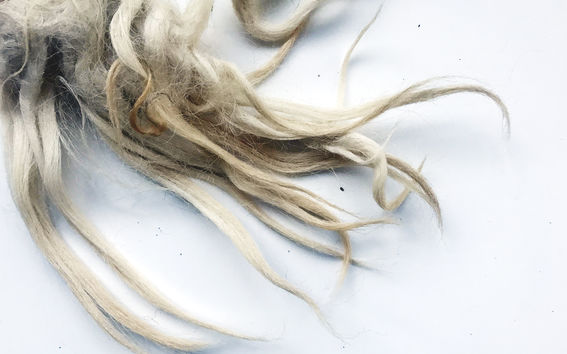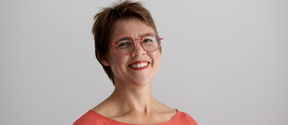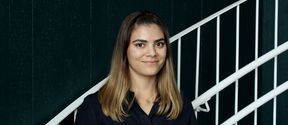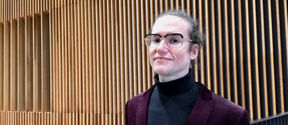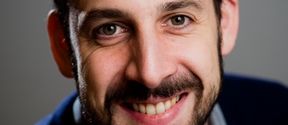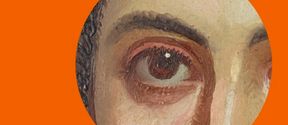“During this research, one of my aims was to be provocative to prompt new discussions, self-reflection, and behavioural change. I believe, if people start paying more attention to what happens in the world beyond humans, we can actually start repairing our relationship with the environment. Because once we realize that things are in constant movement, we can realize that we are part of these movements and the world, not the owners of the natural entities, animals, or plants.
This research promotes overcoming human-dominance over materials and implements the idea that humans can only exist with nonhumans that are the other things like animals, plants, minerals, and any entity that exists. And although this has been mostly discussed in the context of felt making in my research, the insights that the studies provided showed that once we start recognizing the human dependencies over nonhumans, we can recognize the hierarchies among humans as well.
Therefore, this dissertation can lead to finding other ways of being, knowing, and designing both among humans, and among humans and nonhumans. As a method, being with and making with the materials can bring an understanding of partnership with the environment. I believe this would be the beginning point to overcome the artificial separation between humans and nature.”
Aktaş defended her thesis Entangled Fibres: an examination of human-material interaction in Aalto University 26 November, 2020.
